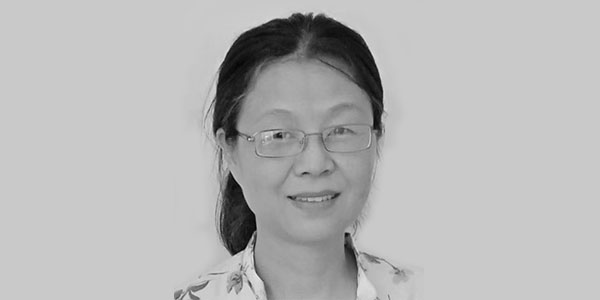A review on the story of China in Pakistani School Books
STATEMENTS on China-Pakistan relations such as ‘iron-brothers’, ‘Pak-Cheen Dosti higher than the Himalayas, deeper than oceans and sweeter than honey’, etc. , are so familiar to us, a few people think of what is told about China in Pakistani school books.
Pakistani textbooks here refer to Oxford History for Pakistan and Geography Alive written by Peter Moss, a well-established writer of primary and secondary level textbooks on a variety of subjects both in the UK and abroad.
The two series form a complete social studies course at secondary level, and are among the popular textbooks for Pakistani school inside and outside the country.
An overall picture of China from ancient time to the present has been presented in these series.
But there are a few arguments which, in my opinion, need to be clarified and revised. Firstly, the story of the Silk Road has been missed in the History book.
As we all know, the ancient Silk Road served as a bridge in connecting the Chinese civilization and other Asian and European civilizations.
Thus, the China story without this milestone event is not a complete one. Secondly, I hardly agree on the argument that Chinese people turned inward and tried to shut themselves off from the rest of the world between Song and Qing dynasties.
Instead, the historical facts show that there were frequent overseas trading activities between China and the states in Southeast Asia, Central Asia, and those along the eastern coast of the Mediterranean Seain the same period.
One typical example is the exploration by the well-known Admiral Zheng Ho of Ming dynasty around the Indian Ocean region.
On China from the early modern time to the democratic movement period, the History book has made some reasonable judgments.
Just to mention some of them, China is viewed as a more advanced civilization than the West in the 16th century, and a relatively backward country by the 18th century.
The Anglo-Chinese Opium Wars are fairly interpreted that ‘the British government declared war on China and invaded under a false pretext.’
But then, a few lines are written about the new China’s establishment by Mao Zedong in 1949 and the Opening–up policy and its practice since early 1980s.
Besides, China during the reformation period has been misinterpreted like‘ Today China is rapidly moving towards capitalism’.
This statement absolutely goes against the Constitution of China, which regulates that P.R. China is a socialist country.
Geography Alive (Book 3) has gone further in the distorted narratives of Taiwan’s sovereignty.
Taiwan is ascribed as a ‘non-member state’ of the United Nations. In addition, Chinese communist government is criticized in a veiled way, saying ‘its rigid communist government controls everything’.
I must say these accounts are the violation of One-China Principle, and they must be revised.
A few points may explain such kind of China narratives. The textbooks have been revised in a longer span of time, or perhaps no revision at all.
The author is an Englishman and his British education background has more or less left an influence on his writing, which to some extent, has resulted from the Western view of history and historical theory.
Above all, the current Pakistani education system, the English medium private schools in particularly, is a major successor of British schooling system.
Being under the British colonial rule for about one hundred fifty years, Pakistani upper and middle classes had been learning and following the British educational system without any doubting or questioning.
Thus, the China story in Pakistani schoolbooks neither represents the official views of the Pakistani government and people, nor were they deliberately made by Pakistani textbooks compilation department.
Instead, it can be understood as the impact of the British colonial education mechanism. At this point, I feel the need to clarify that the paper is not aimed at criticizing the Pakistani textbook editorial department and the writer.
Rather, it appears very necessary to bring the issue into notice of the related departments when thinking of what might be the possible impact of such Chinese narratives on Pakistani students.
As mentioned above, these sets of textbooks are commonly used in the English medium private schools of Pakistan, of which the children come mainly from the upper-middle class families, and they are the core force of Pakistani society.
Logically, it may be understood that these textbooks are exerting influences upon the most important social force of Pakistan in the coming two to three decades.
We all know, history textbooks are meant to be very important instruments in shaping students’ values, and they are essential in cultivating the citizen’s patriotism in the context of a national state.
For now, we cannot say that the Western ideology guided China narratives will eventually lead Pakistani pupils to a misunderstanding of China and Chinese people, for it will take a longer time to form a perception.
But it is better to prevent the negative impact ahead of time. Both China and Pakistan are confident that our historically tested relations and friendship will not be damaged by such China related narratives.
Nevertheless, there exists the need to consider how to present a fair and true China image in Pakistani textbooks, and it is particularly essential to strengthen China-Pakistan relations at the current occasion when China has become the world’s second largest economy and the world is undergoing the unseen changes.
—The writer works as a senior researcher at He Bei Normal University, China.










